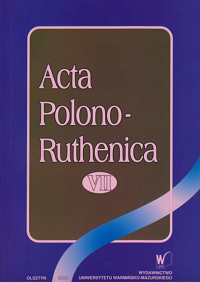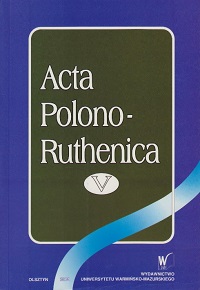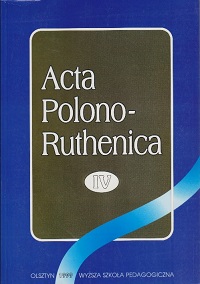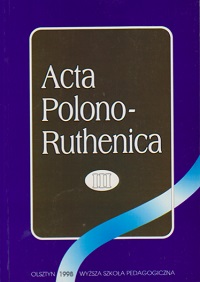
We kindly inform you that, as long as the subject affiliation of our 300.000+ articles is in progress, you might get unsufficient or no results on your third level or second level search. In this case, please broaden your search criteria.

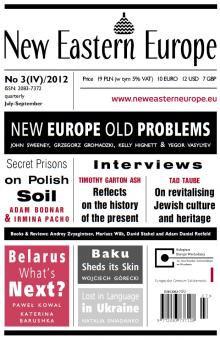
Traditionally, Russian Orthodoxy has been associated with being a rigid structure. Today, however, its members are far from what we could call a monolith.
More...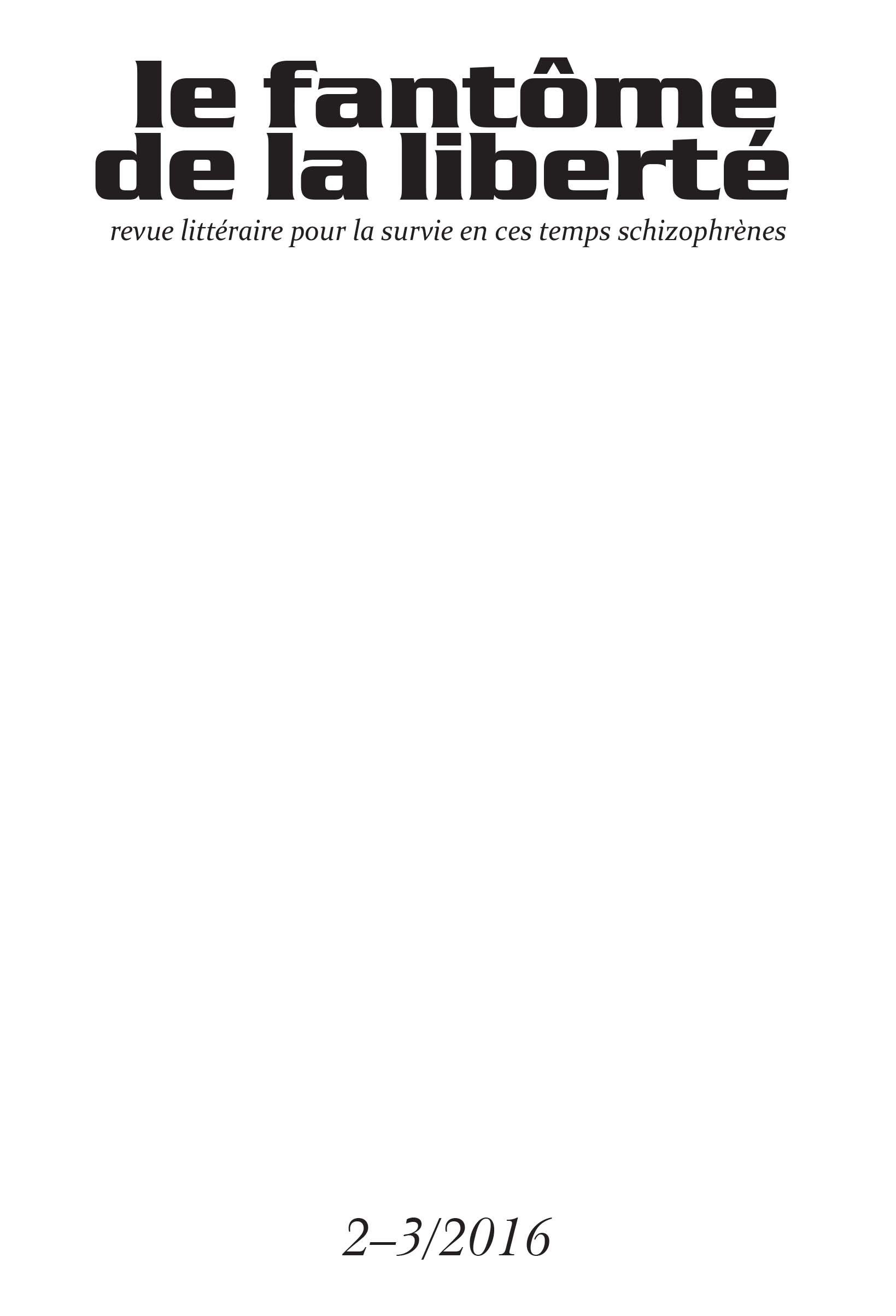
Je m’entretiendrai ici du romantisme, du besoin de se moquer sans fin et de ce que j’entends quand je dis : le travail est une honte. Comme j’aimerais être bref et compris par tous ! Mon intention est de faire le portrait d’un homme romantique qui possède toute la lenteur de l’Est et la sensibilité maladive de l’Ouest. Le contraste est dépassé et je ne dis pas cela en opposition au type patriarcal ou macho de la psychologie masculine. Il s’agit d’autre chose. À faire un discours objectif, je gagnerais la connaissance mais perdrais l’âme des choses. La vie n’est pas à considérer ou comprendre objectivement. Comprendre, c’est rester en dehors des choses. « C’est ce que Méphisto avait offert à Faust, c’est ce que Satan agite devant les yeux du monde des hommes. Le pouvoir au détriment de la réalité. »
More...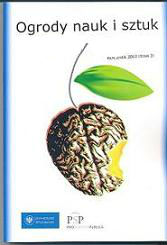
The aim of this essay is to discuss selected novels of Wanda Karczewska. The analysis includes only specific aspects of Karczewska’s writing, such as narrative techniques, and its major aim is to situate her literary works in the context of the New Novel, a French literary movement which had a significant influence on the development of modern prose, including the postmodern novel. The second, equally important, aim of this text is to present some of the virtues of Karczewska’s forgotten novels to a wider audience.
More...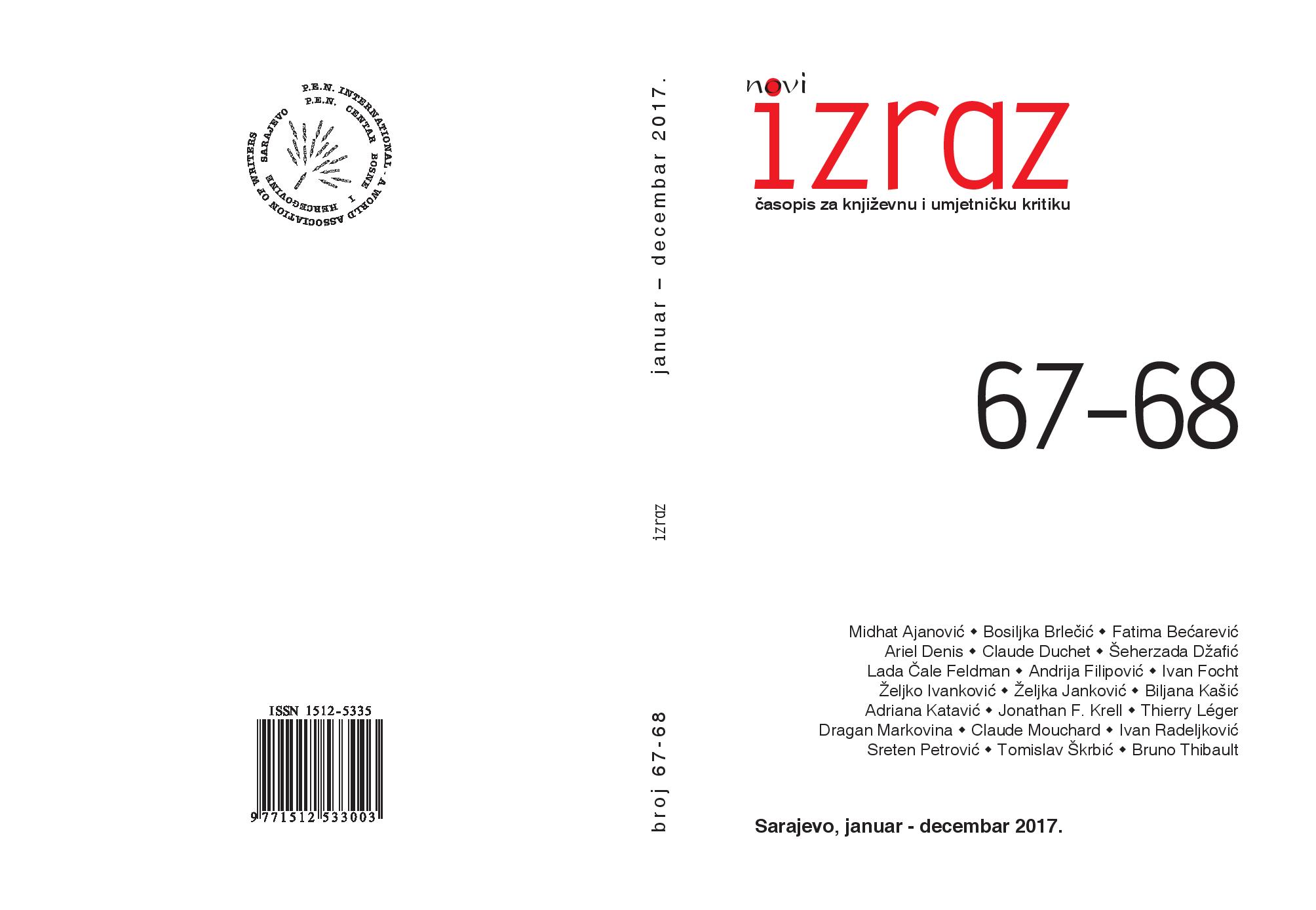
Uzevši u obzir recentne teorijske i deskriptivno-poetičke dijagnoze razloga zbog kojih suvremena pozornica ustupa mjesto ne samo raznovrsnim oblicima “romanizacije drame”, nego i učestalim adaptacijama romana (usp. Sarrazac, 2012) – čitavome zasebnom izvedbenom “žanru” koji je u posljednje vrijeme reklo bi se zavladao i hrvatskim kazalištima – možda ni pojava Gospođe Bovary na daskama zagrebačkog Dramskog kazališta Gavella u jeseni 2016., romana koji je dramatizirala Ivana Sajko, preinačivši mu naslov u Bovary – slučaj zanesenosti, i nije tako slučajna.
More...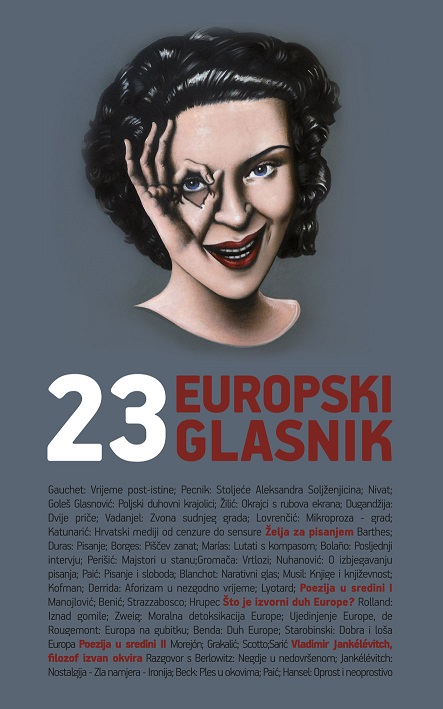
Odlazeći u teatar, upućujemo se na mjesto njemu posvećeno, u zgradu gdje se prikazuju »predstave«, u dvoranu namijenjenu priredbama: uglavnom nikakva iznenađenja za gledatelja koji uvijek ima posla s istim dispozitivom, dispozitivom klasične pozornice. Idemo dakle na predstavu i kao gledatelji pokoravamo se određenu broju konvencija: odjeveni katkad u »večernje odijelo«, u ovoj ili onoj dvorani obavezno, podređujemo se tako istinskom ritualu. Taj ritual, koji se čini zastarjelim i bez značenja, čini se, ipak nužnim da bi djelovala katharsis po koju smo došli u teatar, pa makar ona bila u tome da za vrijeme predstave »zaboravimo« na svakidašnje brige. [...]
More...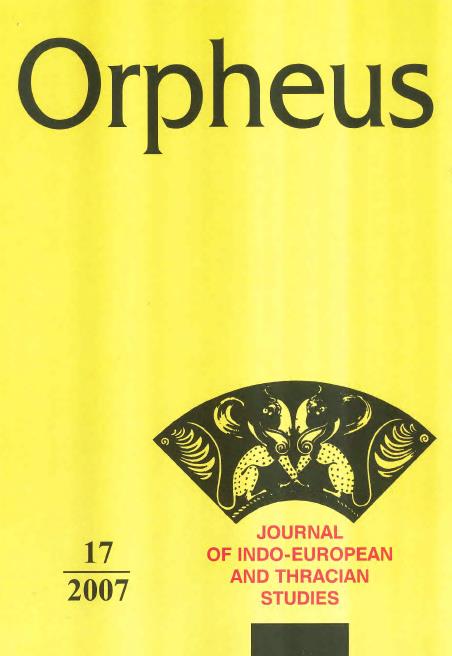
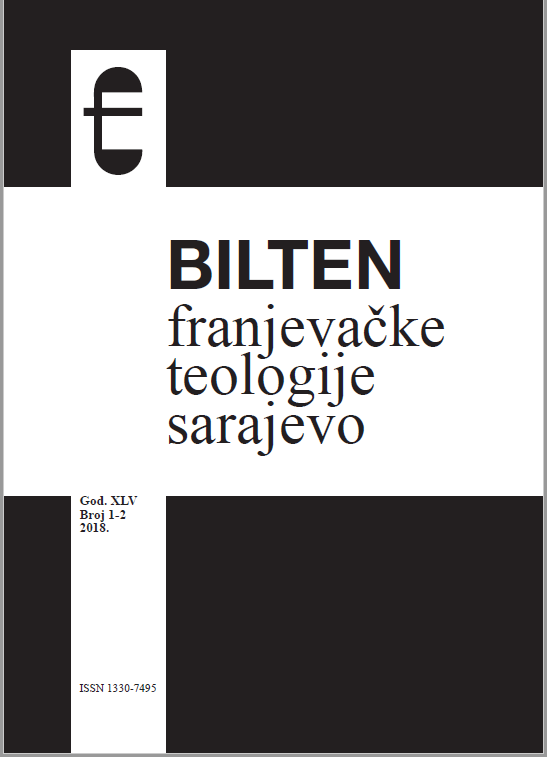
Proteklu akademsku godinu VIS Jukić započeo je nastupom u Bučićima 2. listopada 2017. gdje su framaši proslavljali primanja i obećanja, a istog dana Jukići su nastupili i u Gučoj Gori na slavljenju svete mise. Nekoliko dana nakon toga obilježen je najznačajniji dan naše visokoobrazovne ustanove, a to je spomendan blaženog Ivana Duns Skota, na kojem je bogoslovski bend odsvirao poznatu pjesmu „Uhapšen u svojoj magli‟.
More...
Ne mogu se nasititi od Marije besiditi naslov je pjesme kojim je autor fra Petar Knežević izrekao veliku istinu o sebi i svome svećeničko-redovničkom profilu. U njegovu bogatom književno-umjetničkom opusu glavno mjesto zauzima lik Blažene Djevice Marije. U Bosni Srebrenoj ga poznajemo kao autora Gospina plača punog naziva „Muka Gospodina našega Isusa Krista i plač majke njegove“ (1753.). koji se i danas tijekom korizme pjeva u mnogim našim župama.
More...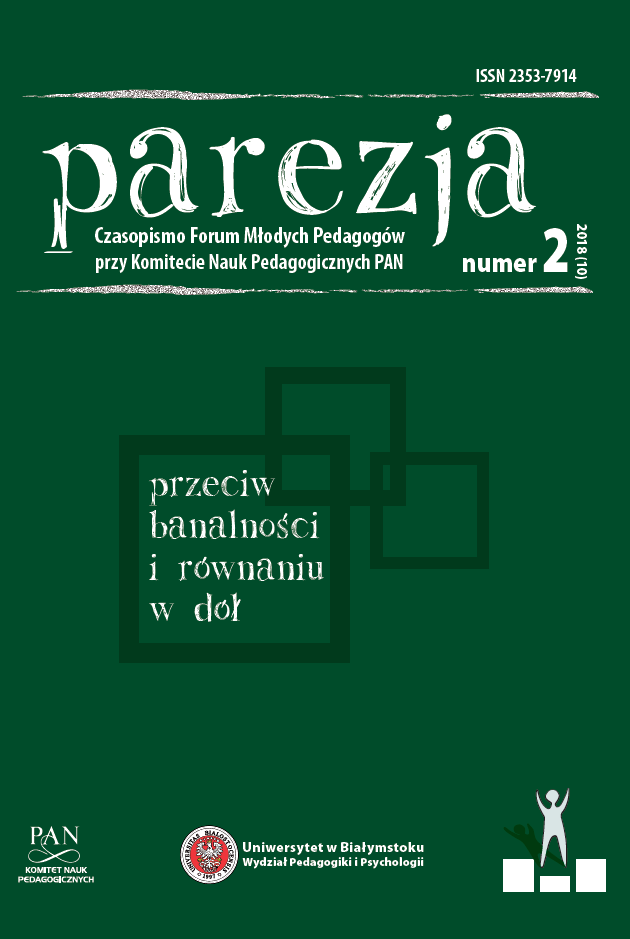
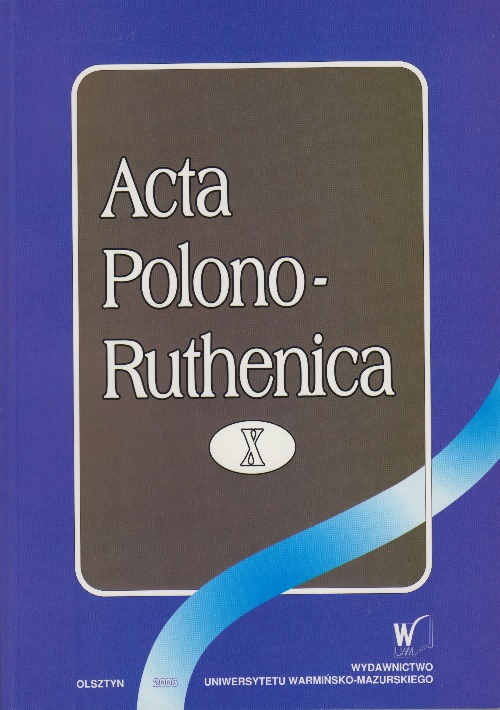
The autor’s research in the above scope prove that the Russian selfidentity has been gradually yet visibly evolving. One of the most vivid shifts of the Russian mindset shows a growing interest in the human being, the individual, his condition and potencial. The research confirms the renewal of the quest for answers to existential questions so needed by the human condition.
More...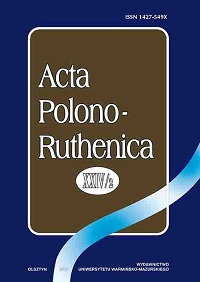
This article analyses advertising texts published in the Russian magazines for women and indi-cates the importance of the selection of appropriate graphics and lexical means (including word-for-mation). The aim of the analysis is to present the typology of linguistic means which are most commonly used in advertising texts, especially considering the contemporary of life in society. Cur-rently, we increasingly feel the lack of time and we are bombarded by new objects and concepts that appear at almost every step. The creators of advertising texts try to attract the attention of consumers in a variety of ways, so as to encourage them to buy goods. The big, if not the leading role is played by the language of advertising, which is reflected in the various forms of play on words as well as in the form of newly created words.
More...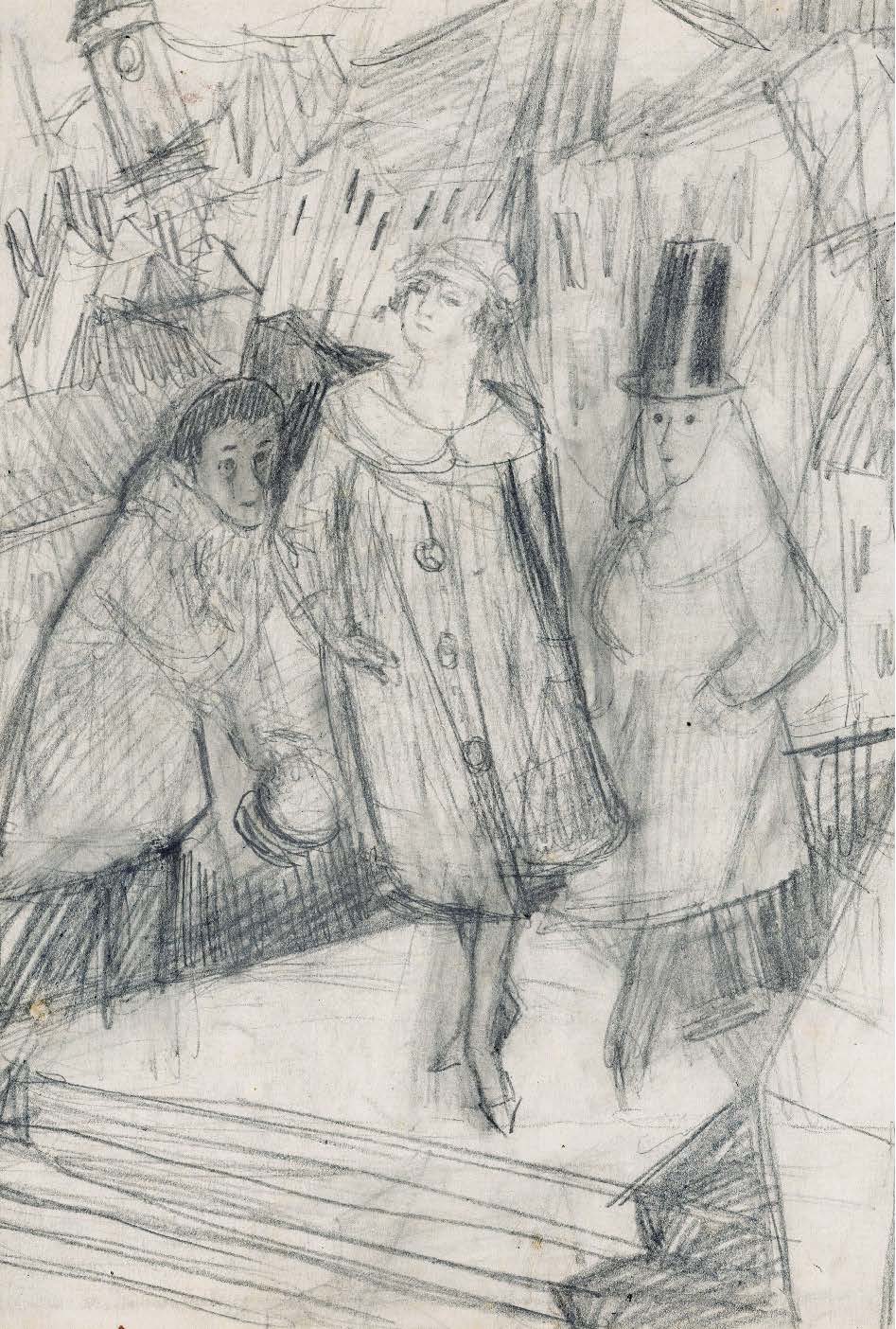
Both drawings (the one from the first page of the fascicle and the other from the outer side of the cover) show two degrees, two stages of the decomposition of form. In the same process, bodies lose their integrity. They were shown by Schulz as a series of leaping aspects which are disconnected, hence discontinuous. The drawings were made in the 1930s. The beginning of the draughtsman’s development did not anticipate such a great catastrophe of bodily forms. In his works from the second and in part also third decade of the 20th century Schulz defined human figures precisely and unambiguously. Then, however, the proud poses which he took when drawing himself (e. g., in his narcissistic Lvov portrait) or other figures (Budracka or Weingarten) probably could not be repeated. In the final decade of his life (and artistic activity) Schulz was drawing differently, perhaps because he perceived himself and the others in a different way. The body? The draughtsman presents it as just a cluster of vibrating lines. A self-portrait? It is possible only as a psychological study, an exaggerated caricature that stresses individual traits or an icon of oneself (the big head with a hat on top, a small size). In hundreds of compulsive sketches drawn in the 1930s even those principles were not respected any more. The bodies that Schulz drew then, no matter if it was his own body or someone else’s, often approach a boundary behind which there is only trembling. Displacement and movement. Schulz’s sketches do not search for form. They are testimonies of its destruction or maybe better, its palpitation, solution and scattering. For the eye, the body is a phenomenon of the surface. It is only the reduction of distance in an act of love (or aggression) or even a common handshake that change that state. Perhaps then the problem of Schulz’s representation of the body is reduced to perception. The drawn body has no smell or weight (or taste – it is not “meaty”). One cannot even touch it. A hand that makes an attempt to touch naked women, who in Schulz’s drawings take majestic and provocative poses, touches only a sheet of paper. The drawn body exists just for the eye. Thus the last chance for the existing body is keeping its surface. Why is it then that the body from Schulz’s late drawings loses its integrity, why does it so often fall apart under our eyes? What is the body for Schulz-the draughtsman and Schulz-the writer? How does he experience his own corporeality? How does he see himself? How do others see him?
More...